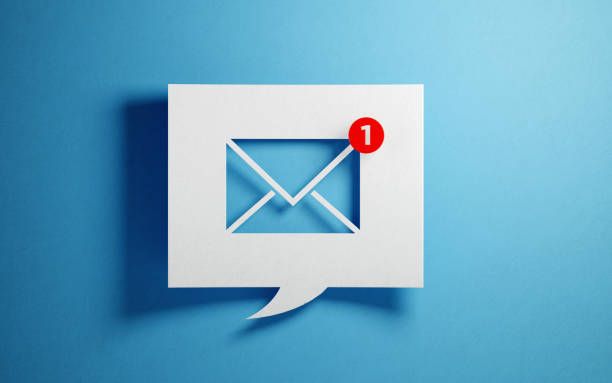Checking email headers is an essential skill for gaining deeper insights into the origin and routing of emails. In Gmail, email headers contain vital information about a message's source, path, and authenticity. By understanding how to access and interpret email headers in Gmail, you can enhance your email security, troubleshoot delivery issues, and protect yourself from malicious emails. In this comprehensive guide, we will explore the techniques and best practices for checking email headers in Gmail.
Understanding Email Headers in Gmail

Email headers provide a detailed record of the journey an email took from the sender to your inbox. They include information such as the sender's email address, recipient's email address, subject line, date and time of sending, and the route the email followed through various servers. By examining email headers, you can identify potential issues, determine whether an email is legitimate or spam, and trace the path of suspicious emails.
Viewing Email Headers in Gmail
Gmail makes it easy to access and view email headers. Follow these steps to view the full email headers for a message:
- Open the email you want to analyze in Gmail.
- Click on the three vertical dots (More options) located at the top-right corner of the email.
- From the dropdown menu, select "Show original."
By selecting "Show original," Gmail will display the complete email message with its headers in a new tab. The headers appear at the top of the page, providing valuable information for analysis.
Analyzing Email Headers in Gmail
Once you have accessed the email headers, it's time to analyze them and extract relevant information. Here are some key elements to look for when examining email headers:
- Sender's IP Address: The sender's IP address can reveal the geographic location from which the email originated. It can help identify suspicious or spoofed emails.
- Message ID: The message ID is a unique identifier assigned to each email. It can be used to track the email's path through various mail servers and determine if the email has been tampered with.
- Received-From: This field shows the sequence of servers through which the email passed before reaching your inbox. It provides insights into the email's journey and any potential delays or issues encountered along the way.
- Authentication Results: The email headers may include authentication results such as SPF (Sender Policy Framework), DKIM (DomainKeys Identified Mail), and DMARC (Domain-based Message Authentication, Reporting, and Conformance) information. These authentication mechanisms help verify the email's legitimacy and protect against spoofing and phishing attacks.

Troubleshooting Email Delivery Issues
Checking email headers can be invaluable for troubleshooting delivery issues. If you're experiencing problems with email delivery, analyzing the headers can help pinpoint the cause. Look for any error messages, delays, or indications of failed authentication in the headers. This information can assist you in identifying configuration issues, server problems, or spam filtering conflicts.
Ensuring Email Security
Examining email headers is an essential practice for ensuring email security. By scrutinizing the headers, you can identify suspicious or malicious emails. Look for any signs of spoofing, such as mismatched domain names or suspicious IP addresses. Additionally, verify the authentication results to ensure the email is from a legitimate source and hasn't been tampered with during transit.
Frequently Asked Questions
Q1: Can I check email headers on mobile devices?
Yes, you can view email headers on mobile devices. In the Gmail mobile app, open the email, tap the three dots (More options), and select "Show original." The email headers will be displayed, allowing you to analyze them.
Q2: Are email headers reliable for identifying spam or phishing emails?
Email headers provide valuable information for identifying potential spam or phishing emails. However, they should be used in conjunction with other indicators, such as the email content and attachments, to make an accurate determination. If you suspect an email is malicious, exercise caution and follow established security practices.
Q3: How often should I check email headers?
Checking email headers is recommended when you encounter suspicious or unexpected emails, experience delivery issues, or need to investigate the source and authenticity of an email. Regularly reviewing email headers can also help you stay vigilant against evolving email threats.
Conclusion
Checking email headers in Gmail is a powerful technique for gaining valuable insights into email origins, routing, and authenticity. By following the steps outlined in this comprehensive guide, you can access and analyze email headers effectively, enhancing your email security and troubleshooting capabilities. Stay vigilant, protect yourself from malicious emails, and ensure a safer email experience by mastering the art of checking email headers in Gmail.

